
DIARIO. Dall’Ucraina a Gaza, gli studenti italiani si interrogano
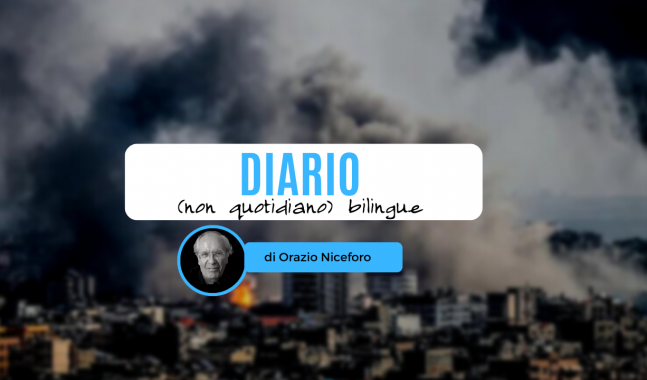
Rubrica periodica bilingue, versione inglese in calce
Diversamente da quanto sta accadendo, per esempio, negli Stati Uniti e altrove, in Italia le recenti vicende della politica internazionale – e in particolare quelle riguardanti lo scontro tra Hamas e lo Stato di Israele – non sembrano aver spinto gli studenti italiani a promuovere le massicce iniziative di solidarietà che si vedono in altri Paesi, come si è visto anche nella scarsa partecipazione alla “marcia della pace” svoltasi venerdì 27 ottobre.
Tra gli studenti e, a quanto risulta, anche tra gli insegnanti, prevalgono sentimenti di preoccupazione, se non di paura, di fronte al deflagrare degli eventi bellici in corso dentro o vicino ai confini dell’Europa. Di guerra, nei lunghi anni del dopoguerra, nelle scuole italiane si era parlato solo nelle ore di storia, ma si trattava di avvenimenti molto lontani nel tempo (anteriori al 1945) o nello spazio (come le guerre nell’Est asiatico). Oggi, ma già da un anno e mezzo per l’Ucraina, gli orrori della guerra sono sotto gli occhi di tutti, amplificati dalle televisioni e anche dai social, così frequentati dai giovani.
Tra gli insegnanti predomina la prudenza. A differenza di quanto accadde nel 1968 (ma solo per i docenti più giovani e politicizzati), non risultano prese di posizione nette. Certo, è probabile che in molte aule l’eco degli eventi si avverta, e che alcuni insegnanti abbiano colto l’occasione per parlarne con gli studenti, che sicuramente ne parlano tra di loro. È una buona notizia che questi dialoghi si svolgano, come sembra, nel rispetto delle diverse opinioni, e con una lettura critica delle informazioni disponibili. Sarebbe un modo intelligente e concreto di fare “educazione civica”.
***
From Ukraine to Gaza, Italian students question themselves
Unlike what is happening, for example, in the United States and elsewhere, in Italy the recent events of international politics – and in particular those concerning the clash between Hamas and the State of Israel – do not seem to have pushed Italian students to promote massive solidarity initiatives that we see in other countries, as was also observed in the low participation in the “peace march” which took place on Friday 27 October.
Among students and, apparently, also among teachers, feelings of concern, if not fear, prevail in the face of the outbreak of war events taking place within or near the borders of Europe. In the long post-war years, war was only talked about in Italian schools during history classes, but these were events that were very distant in time (before 1945) or in space (such as the wars in East Asia). Today, but already since a year and a half for Ukraine, the horrors of war are there for all to see, amplified by television and also by social media, so frequented by young people.
Prudence prevails among teachers. Unlike what happened in 1968 (but only for the younger and more politicized teachers), there are no clear positions taken. Of course, it is likely that the echo of the events is felt in many classrooms, and that some teachers have taken the opportunity to talk about it with the students, who certainly talk about it among themselves. It is good news that these dialogues take place, as it seems, with respect for different opinions, and with a critical reading of the available information. It would be an intelligent and concrete way of doing lessons of “civic education”.
© RIPRODUZIONE RISERVATA

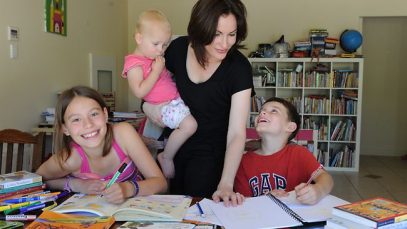
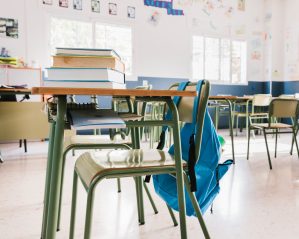
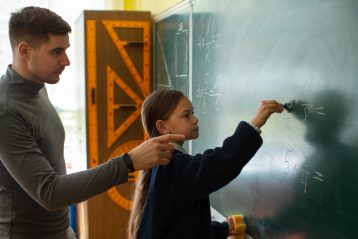




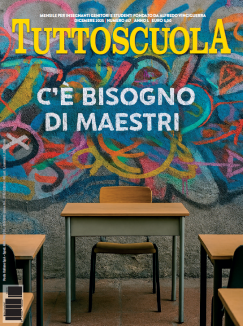




Solo gli utenti registrati possono commentare!
Effettua il Login o Registrati
oppure accedi via